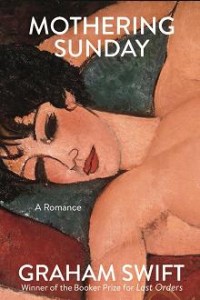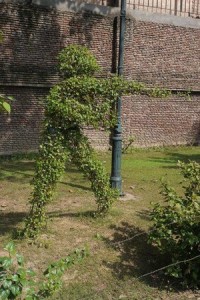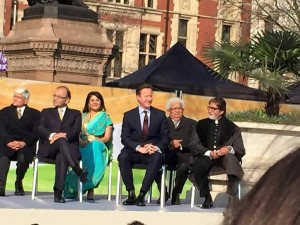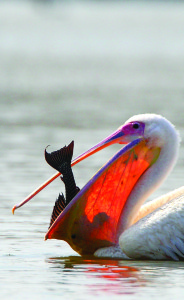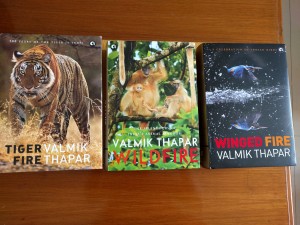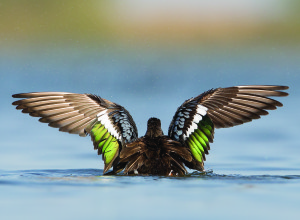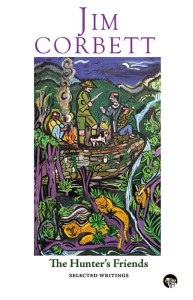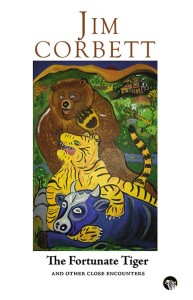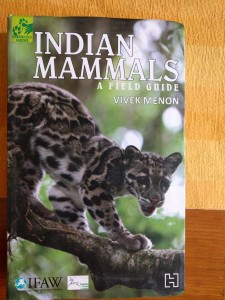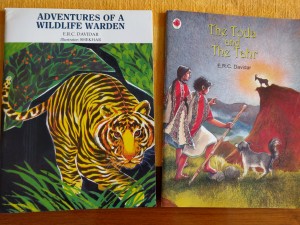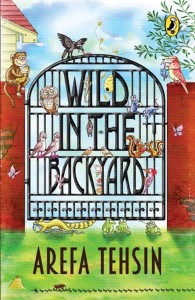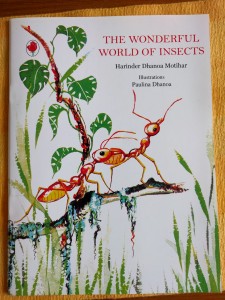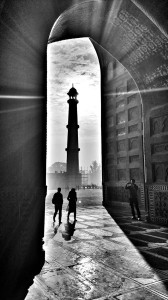 I am truly excited about this forthcoming book – The Writer’s Eye. True, the photographs taken by William Dalrymple are exquisite. Even more astounding when you realise these were mostly taken with his Samsung phone. But what I like the most about this publishing arrangement is the coming together of three very talented photographers — William Dalrymple, Ananth Padmanabhan and Siddharth Dhanvant Shanghvi. The historical sense that informs the superb compositions of William Dalrymple, combined with the sharp publishing potential and commissioning sensibility of veteran publisher Ananth Padmanabhan and the fine aesthetic and curation abilities of Siddharth Dhanvant Shanghvi can only make a stupendous book. I wait eagerly to see what is published in March 2016.
I am truly excited about this forthcoming book – The Writer’s Eye. True, the photographs taken by William Dalrymple are exquisite. Even more astounding when you realise these were mostly taken with his Samsung phone. But what I like the most about this publishing arrangement is the coming together of three very talented photographers — William Dalrymple, Ananth Padmanabhan and Siddharth Dhanvant Shanghvi. The historical sense that informs the superb compositions of William Dalrymple, combined with the sharp publishing potential and commissioning sensibility of veteran publisher Ananth Padmanabhan and the fine aesthetic and curation abilities of Siddharth Dhanvant Shanghvi can only make a stupendous book. I wait eagerly to see what is published in March 2016.
HarperCollins India to publish William Dalrymple
HarperCollins India are delighted to announce the publication of renowned writer, traveller and historian William Dalrymple’s first book of photographs, The Writer’s Eye, this March.
In a suite of black and white photographs, shot over two years, William Dalrymple brings elegance, inquiry and grace to the photographic form. Powerful and precise, the pictures in The Writer’s Eye are documents of landscape, conveying potent solitude and brooding strokes. The beloved author of acclaimed books returns to a visual medium he first worked with in collegiate days, armed now with over two decades of writerly composure and brilliance.
William Dalrymple said, “I am completely thrilled that HarperCollins India are publishing my photographs – the realisation of a long held dream.”
Ananth, CEO, HarperCollins India said, ‘We are incredibly excited – it’s a rare moment when a celebrated writer chooses another medium of art. William’s first book of photographs and we are delighted he chose to publish with us’
Curated by bestselling writer and Sensorium Festival co-founder, Siddharth Dhanvant Shanghvi The Writer’s Eye opens at Sunaparanta : Goa Centre for the Arts, 18th of March, in Goa; Vadehra Art Gallery, 29th of March, in Delhi; and the Grosvenor Gallery, June 2016, London. This show is proudly supported by arts patrons Dattaraj, Dipti Salgaocar and Isheta Salgaocar, gallerists Roshini Vadehra, and Conor Macklin, The Writer’s Eye marks the public debut of a gifted visual artist.
Siddharth Dhanvant Shanghvi had this to say on his Facebook wall ( 1 March 2016). (I am posting it with his permission. )
One winter evening at the Goa home of Dattaraj Salgaocar, the writer and historian William Dalrymple showed me photographs he’d made on his phone. I was struck by their jazz quality, nocturnal and solitary. I asked if I might show them. He agreed. Two years later, we have a handsome body of work, The Writer’s Eye, which debuts this spring March 18th at Sunaparanta Art Centre. My friend, the wonderful Roshini Vadehra Kapoor and I teamed to show it in Delhi, at Vadhera Art Gallery, which opens March 29th. And in partnership with family friends Dattaraj and Dipti Salgaocar’s Sunaparanta and Vadehra, the show moves to London, opening at the Grosvenor Gallery on June 23rd.
I was equally keen to take the gallery catalog, a somewhat of a vanity document seen by an elite few, and grow it into something that might be enjoyed by many. I turned to my friend Ananth Padmanabhan, CEO of HarperCollins, himself a writer and photographer, and he gamely came on to support the show by bringing out a splendid book of the photographs (with essays by William and myself). The Writer’s Eye is launched in Delhi, on the day the show opens.
As Sensorium draws to a close this month, we are already preparing walls for the next show. Please come if in Goa, Delhi or London to celebrate William, his work, and his 50th birthday this March, for which this is a small celebration.
With gracious support from Arianna Huffington, Anindita Ghose and all at VOGUE, Shruti Kapur at Platform, and David Godwin.
I am posting some of the photographs that William Dalrymple has clicked with his Samsung. These are a personal selection I made from the press release, newspaper reports and from William Dalrymple’s Facebook page. These are being posted on my blog with his permission.
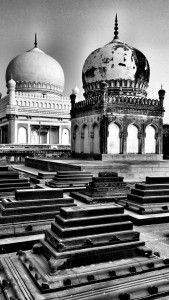
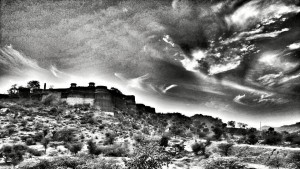
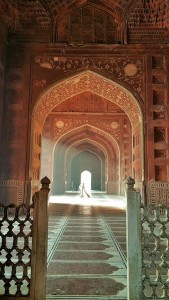
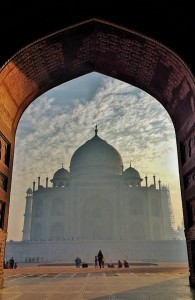
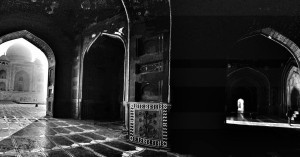
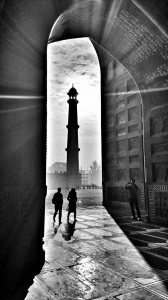
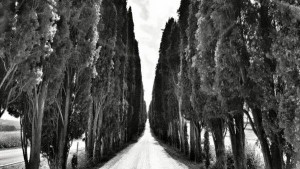
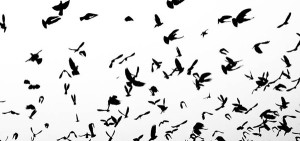
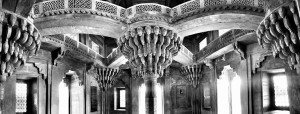
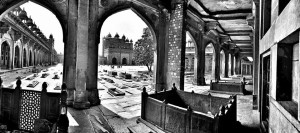
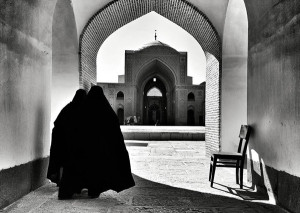
All photos: William Dalrymple (c) 2016
William Dalrymple is a writer, traveller and historian and one of the co-directors and founders of the annual Jaipur Literature Festival. He is the author of several bestselling books, including Return of a King, White Mughals and Nine Lives.
Siddharth Dhanvant Shanghvi‘s debut novel, The Last Song of Dusk, won the Betty Trask Award in the UK, the Premio Grinzane Cavour in Italy, and was nominated for the IMPAC Prize. The Lost Flamingoes of Bombay, his subsequent bestselling novel, was nominated for the Man Asian Literary Prize 2008.
3 March 2016
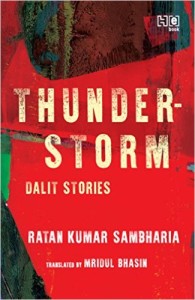 The process of translating the literature of the Dalits, among India’s most oppressed classes, brings one face-to-face with the bitter realities of our society. …The situation changed significantly with the advent of printing technology. Books became available to every Indian, irrespective of caste and creed. As a result, a number of important voices began to find a wider audience. While social reformers like Jyoti Ba Phule, Mahatma Gandhi and Dr B.R. Ambedkar brought to the fore the injustices inherent in a social order designed to perpetuate caste-based exploitation, the freedom movement, launched to liberate the country from its British colonial rulers, played a vital role in the social awakening of communities that had, so far, been denigrated as the lower classes. These simultaneous developments would go a long way in contributing to the creation of a specific literary genre that eventually came to be identified as Dalit literature — the literature of the oppressed.
The process of translating the literature of the Dalits, among India’s most oppressed classes, brings one face-to-face with the bitter realities of our society. …The situation changed significantly with the advent of printing technology. Books became available to every Indian, irrespective of caste and creed. As a result, a number of important voices began to find a wider audience. While social reformers like Jyoti Ba Phule, Mahatma Gandhi and Dr B.R. Ambedkar brought to the fore the injustices inherent in a social order designed to perpetuate caste-based exploitation, the freedom movement, launched to liberate the country from its British colonial rulers, played a vital role in the social awakening of communities that had, so far, been denigrated as the lower classes. These simultaneous developments would go a long way in contributing to the creation of a specific literary genre that eventually came to be identified as Dalit literature — the literature of the oppressed. 
